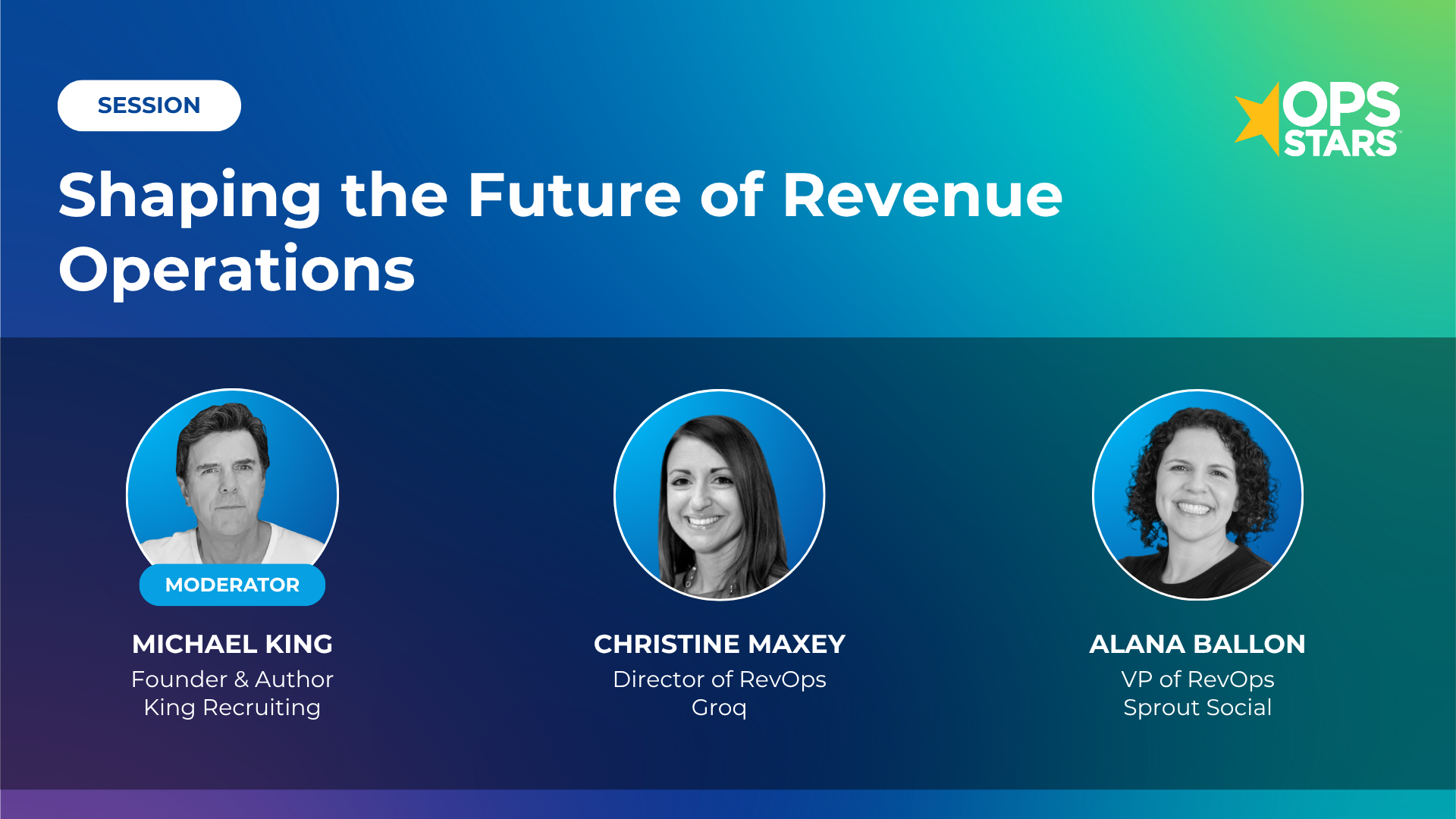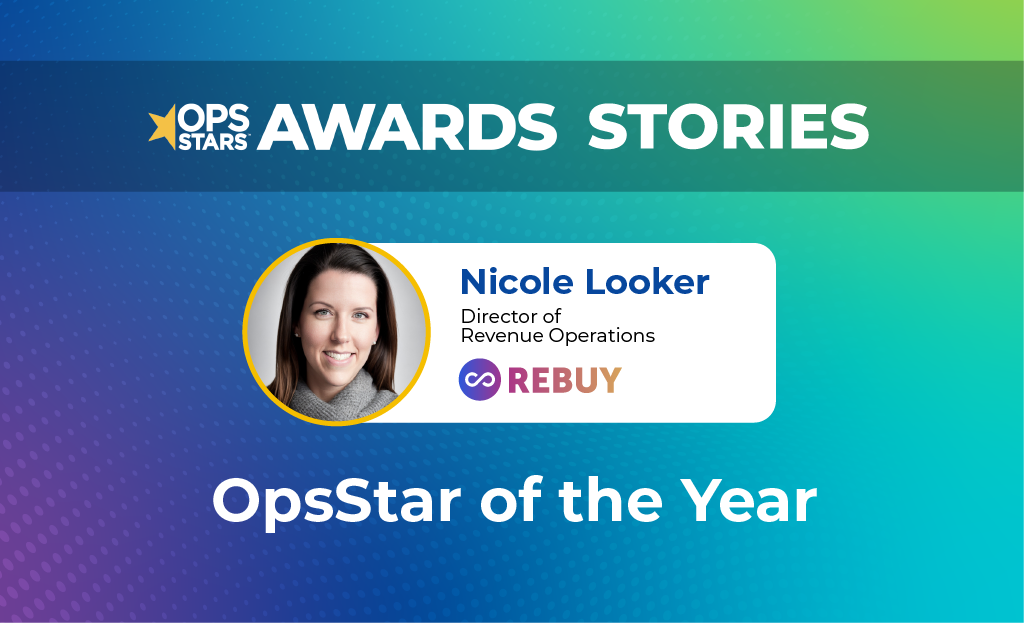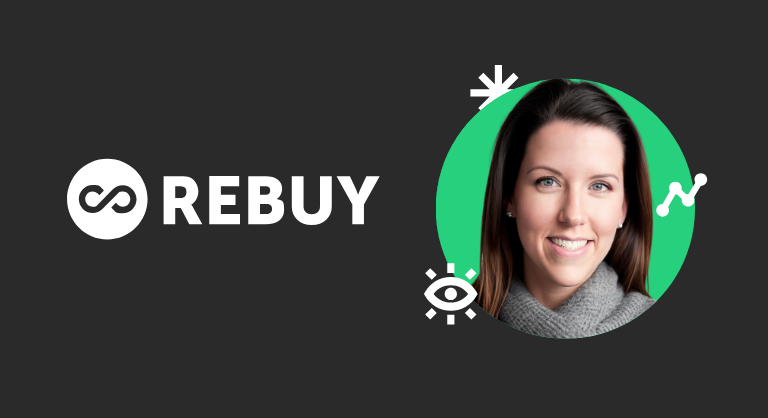Summary
Revenue Operations leaders from high-growth companies share how AI, automation, and better alignment are reshaping day‑to‑day work and long‑term strategy. This session is for RevOps, Sales Ops, Marketing Ops, and GTM executives who want practical, people‑first ways to drive efficient growth. The key takeaway: pair intelligent automation with human judgment to focus teams on high‑value customer moments.
Key Takeaways
- Automate the busywork, protect the human work. Use AI and workflows to eliminate manual updates, reporting prep, and triage so reps and leaders spend time on customer conversations and decisions.
- Operate where sellers live. Bring insights and actions into Slack and other daily tools rather than forcing activity entry in CRM.
- Build a clean, connected data layer first. Unify signals across systems so you can identify buying groups, assess journey health, and trigger the right actions.
- Evolve responsibilities and skills. RevOps is getting more technical; the next generation must be fluent in agents, data, and orchestration, not just analytics.
- Time for thinking is a strategy. Create space to learn, question assumptions, and pressure‑test outliers to avoid chasing the wrong patterns.

Speakers
Michael King, Founder, King Recruiting
Michael has been an executive recruiter specializing in marketing leadership since 2000. He is a longtime OpsStars community member and discussion facilitator.
Alana Ballon, VP, Revenue Operations, Sprout Social
Alana is a veteran GTM operator across SDR, partnerships, and RevOps. She leads systems, data, and AI‑powered orchestration to improve pipeline and seller focus on human connection.
Christine Maxey, Revenue Operations Leader, Groq
Christine is a multi‑disciplinary operator across customer success, finance, pre‑sales engineering, and RevOps. She advocates for data cleanliness, pragmatic automation, and healthy expectations for change.

What You’ll Learn
Q: How should RevOps rebalance human and machine work in 2025?
A: Shift routine tasks like data entry, pipeline deck prep, and simple forecasting into AI agents and automated workflows. Reserve humans for judgment‑heavy moments such as deal strategy, executive alignment, and coaching. Tie this to journey signals so actions happen at the right time.
Q: What data foundation is required to make buying‑group orchestration real?
A: Normalize GTM data across CRM, engagement, intent, and product systems. Map people to accounts and opportunities with high‑accuracy matching. Track interactions along the journey to surface risks (for example, CFO not engaged by Stage 3) and trigger next best actions.
Q: Where should orchestration live for maximum adoption?
A: In the tools people use every day, Slack, email, and revenue hubs, with clear notifications, short paths to act, and auditable logs. CRM remains the system of record, but orchestration should meet users where they already work.
Session Transcript
Michael King:
Thank you. I’ll share a little bit more. I’m an executive recruiter and place marketing executives. I’ve been doing this since 2000 and have been coming to OpsStars for ten years. I was born and raised in San Francisco, so this venue is iconic for me. If you saw me in the hallway, I wrote a memoir that came out in April called Be There When I Return. If you’re interested, you can find me on LinkedIn.
Christine Maxey:
I’m a RevOps lover—and yes, I really do love deleting data. I’ve held multiple roles in revenue operations before it was even called that: customer success, finance, and pre-sales engineering. I keep finding my way back to RevOps because I love making other people successful.
Alana Ballon:
I lead Revenue Operations at Sprout Social. I’ve done most revenue roles—SDR, BDR, partner manager—but never an SE. RevOps is where everything clicked for me. You can impact an entire team of BDRs, SDRs, AEs, SEs, and partners, which is where I’ve found success.
Michael King:
This discussion is about the future of RevOps. We see so much about it on LinkedIn, but how has your role changed over the past few years, and what’s surprised you most this year?
Christine Maxey:
Before we met here today, I was reviewing our notes and found myself grumpy. I realized I was feeling overworked and underappreciated. We’re being asked to do more with less, to be strategic without losing the details, and to automate without being given time.
The role has evolved into one of great responsibility—sometimes appreciated, sometimes not. We’ve gained partner operations, finance operations, analytics, enablement, SDR operations, deal desks—you name it. Responsibilities just keep growing. Nothing is ever taken off our plate.
There used to be five tools in the tech stack, now there are thousands. You’re expected to know them all and understand AI. The one constant in RevOps is change. We’re good at it, even if it frustrates us.
Alana Ballon:
It’s definitely a big “RevOps feelings” season. This time of year is about landing one plane while launching another—and making sure they don’t collide.
RevOps is a constant function of change. We’re asked to see around corners while still running the business. The biggest change this year is how technical RevOps has become. We’re not just analytical; we build agents and automate work.
Reps shouldn’t have to update opportunities or enter activities in Salesforce anymore. That’s not a good use of human time. Automation should handle it so people can focus on human connection—talking to the right customers at the right time.
We’ll be the last generation that only manages humans. Going forward, leaders will also manage AI agents.
Michael King:
What new responsibilities are RevOps teams taking on, and which traditional ones are being redefined?
Alana Ballon:
A great example is QBRs. We used to spend days preparing decks and reviewing data. Now we have an automated process that pulls data into ChatGPT or Gemini. It produces a first-pass summary in minutes. Analysts then focus on insights and actions, not data wrangling.
Christine Maxey:
Roles aren’t being eliminated yet, but automation is coming. Timing is the hard part.
The biggest challenge is creating time for thinking instead of just doing. It’s difficult to step away from the tactical to focus on strategy. Sometimes my best ideas come while running or showering because that’s the only quiet time I get.
I’m also trying to question whether I’m doing things because they’re right or just because they’re comfortable. We have to stay curious and open to new ways of working.
Michael King:
RevOps is about aligning marketing, sales, and customer success. What challenges have you faced with alignment, and how do you overcome them?
Alana Ballon:
Not all functions change at the same pace. You have to negotiate and align under shared objectives. Pick your battles and focus on the biggest levers, like pipeline health, rather than smaller misalignments.
Christine Maxey:
We’ve talked about alignment for years, but maybe we’re not supposed to be perfectly aligned. Some misalignment is okay. Different teams can have different goals as long as we communicate and tell stories around them. Forcing total alignment has never worked for me.
Michael King:
As the buyer’s journey becomes more dynamic and AI-powered, how are you both leveraging data and AI in RevOps?
Christine Maxey:
I don’t want reps in Salesforce anymore. They shouldn’t have to log emails, meetings, or contacts. All of that can be automated. Reps focus only on opportunities. We pull data from calls and sync everything automatically. Opportunities are updated directly in Slack.
Alana Ballon:
Same for us. We use a tool called Tribble that integrates Salesforce, Gong, email, and Slack. It provides forecasts and tells AEs which accounts to prioritize, what to say, and why.
We also acquired a company called NewsWhip, which gives us real-time signals about what’s trending with our prospects. Whenever a customer or competitor spikes in the news, it triggers a Slack alert for our reps to act immediately.
This approach helps across the full customer journey, including customer success and product signals. The hardest part is choosing which tools to use.
Christine Maxey:
All of this comes back to data. Once we automate the data layer and collect a year of clean data, we can identify what “good” looks like, what “bad” looks like, and where risk exists in buying groups.
For example, if by Stage 3 the CFO isn’t engaged, that deal is at risk. That’s the kind of insight we can now surface automatically.
Alana Ballon:
Exactly. It’s not just about surfacing insights to reps but also empowering leaders. They go into deal reviews already armed with AI summaries and can focus on coaching rather than data gathering.
Christine Maxey:
Eventually, we’ll just start meetings by saying, “Here’s your forecast—agree or disagree?”
Michael King:
What essential skills will the next generation of RevOps leaders need?
Christine Maxey:
Time management. We need to set aside time to learn. Build a personal “career board of advisors” — people you can call about tools, challenges, or ideas. Stay curious and lean on your network.
Alana Ballon:
Adaptability is huge. Be skeptical. Ask, “Does this make sense?” Don’t take data at face value. Also, learn technical skills like agent building. Those who can build and manage AI will have an edge.
Michael King:
Perfect.










